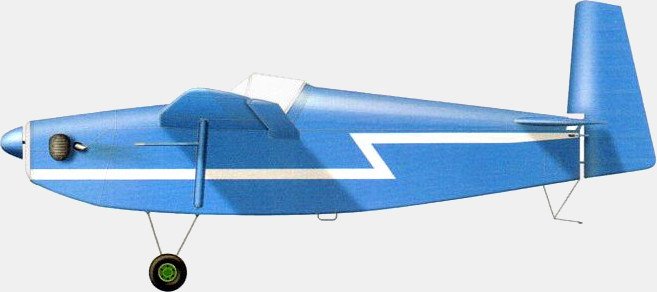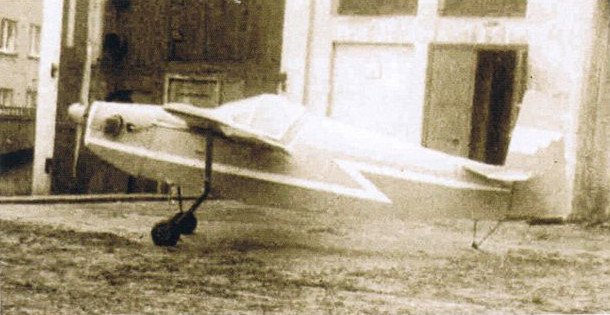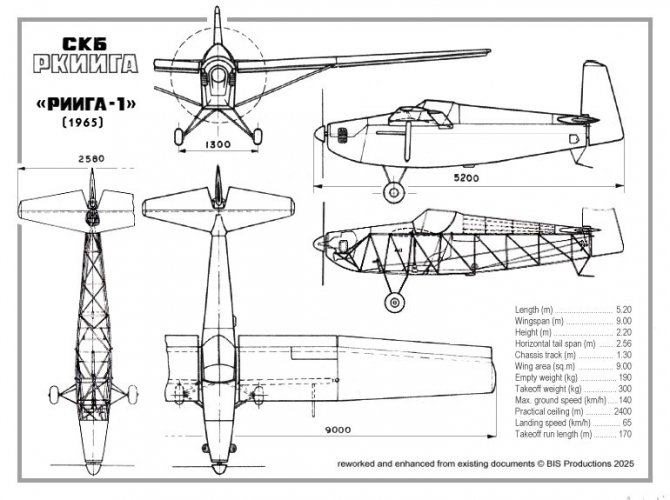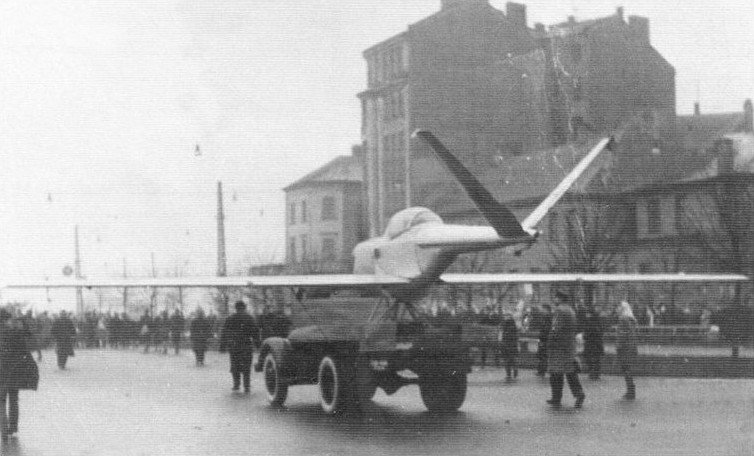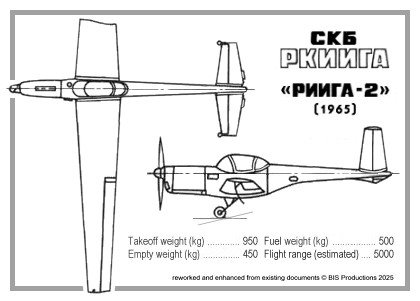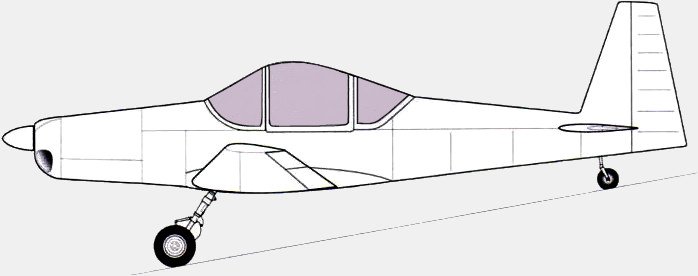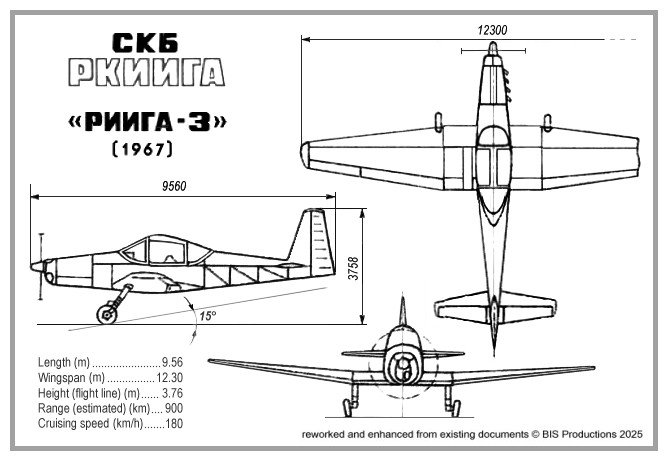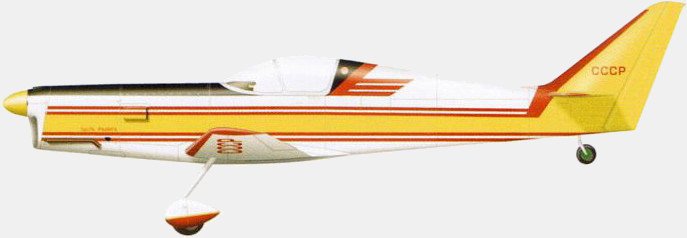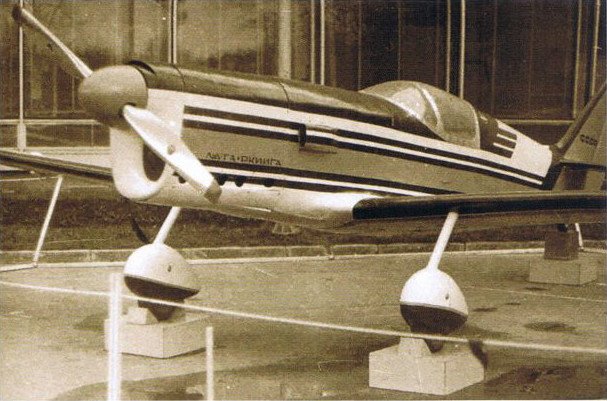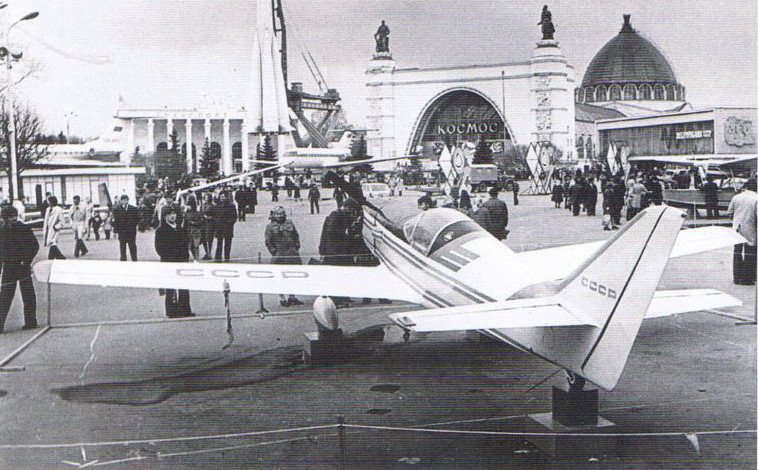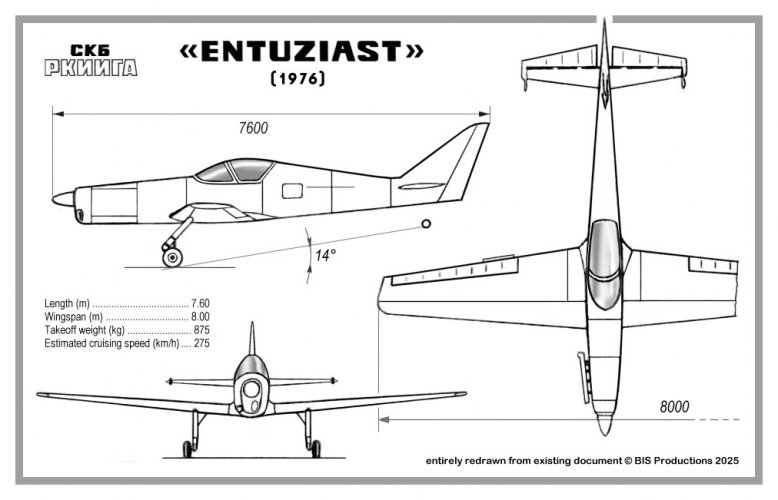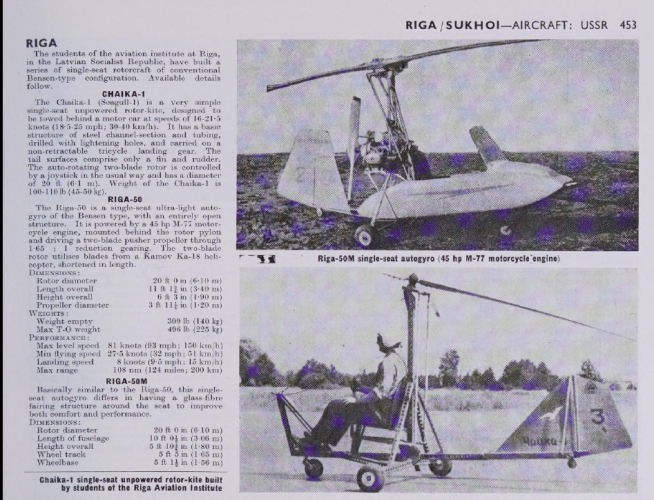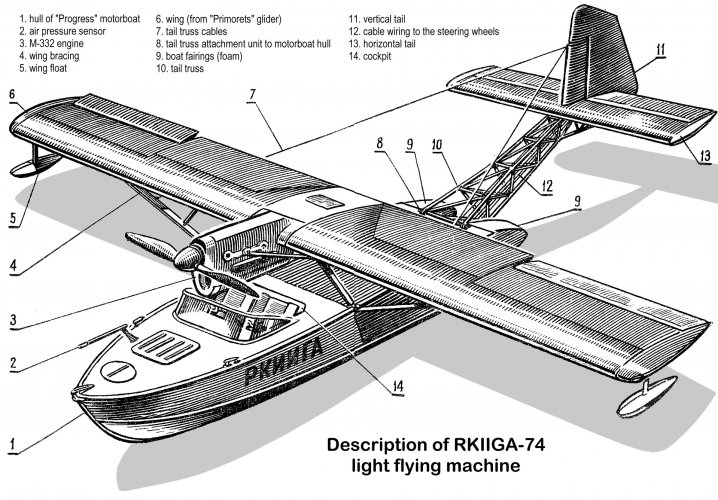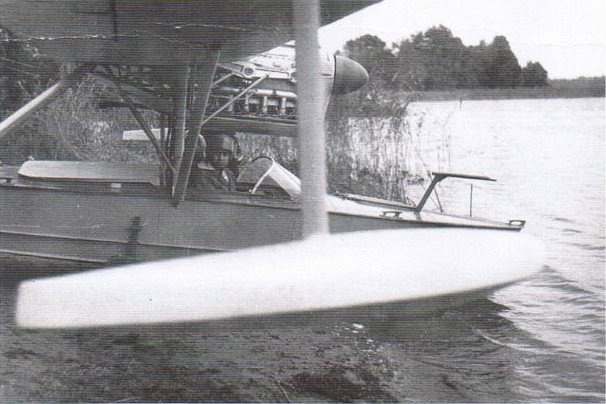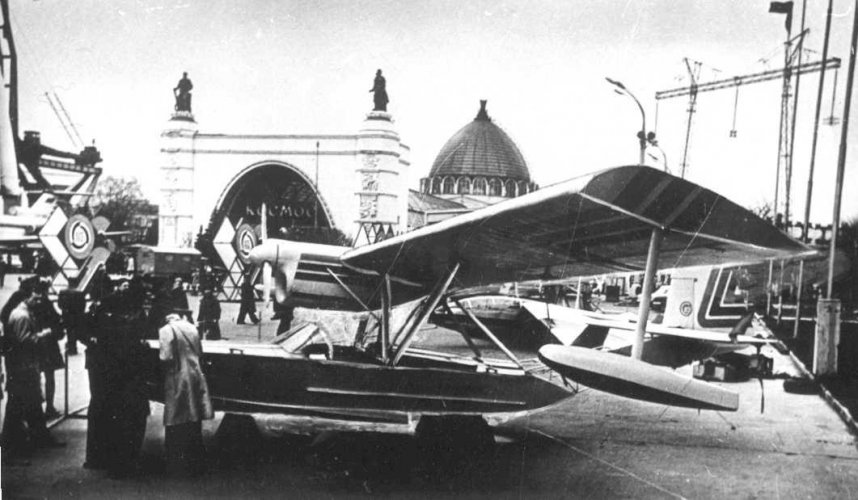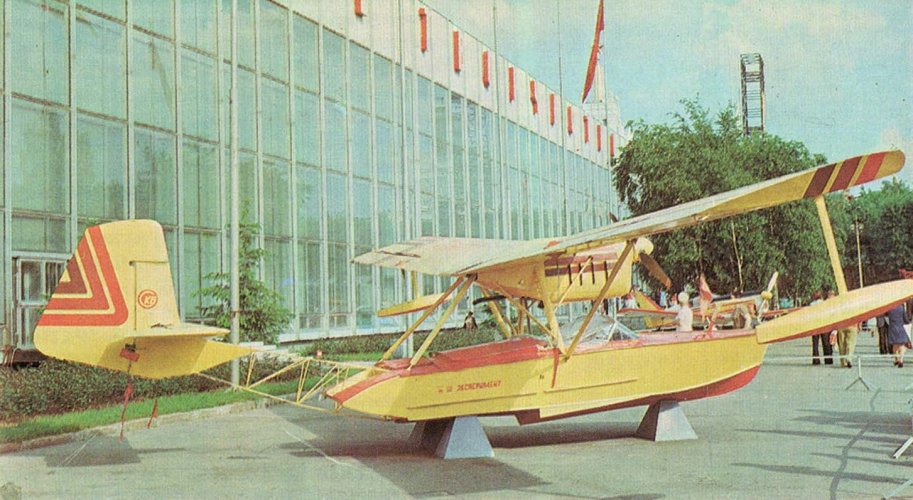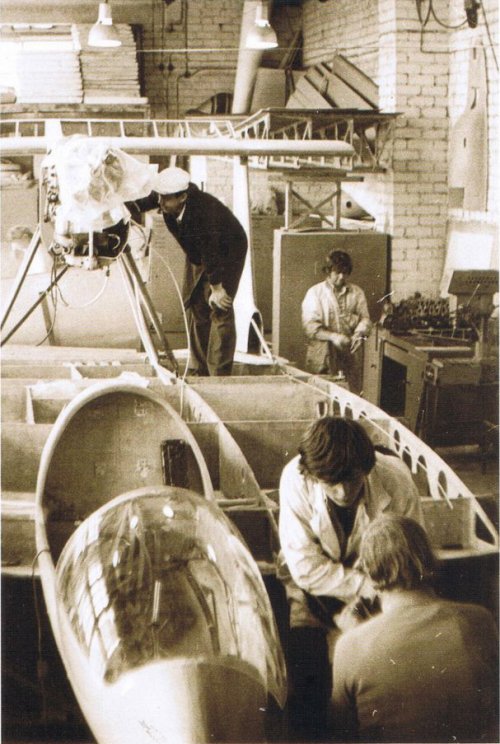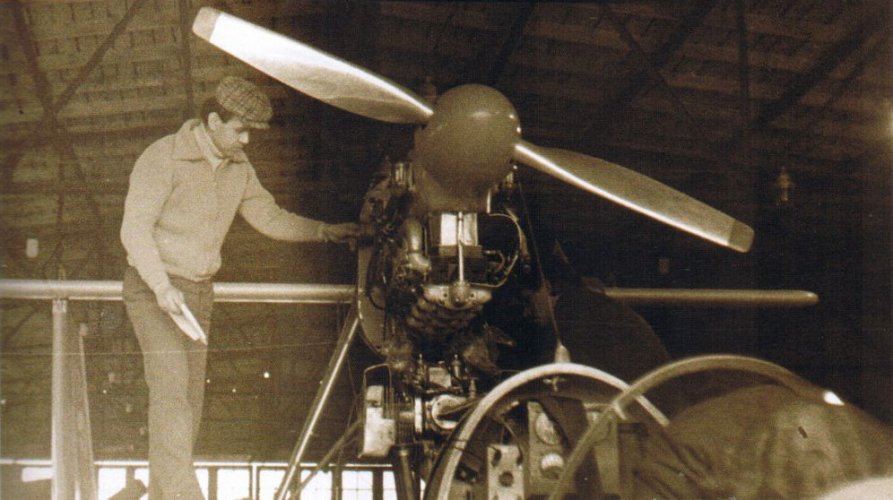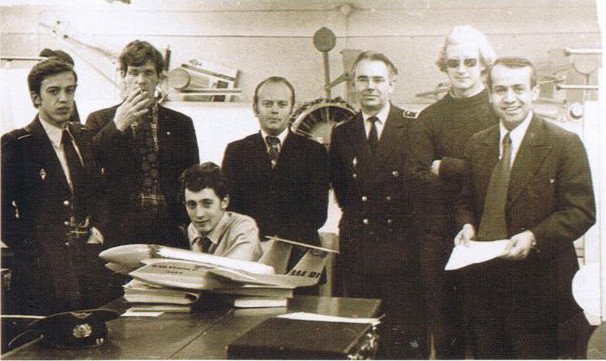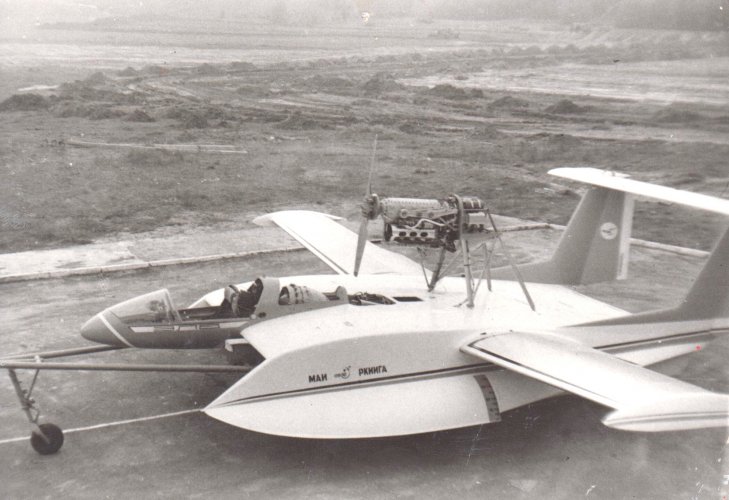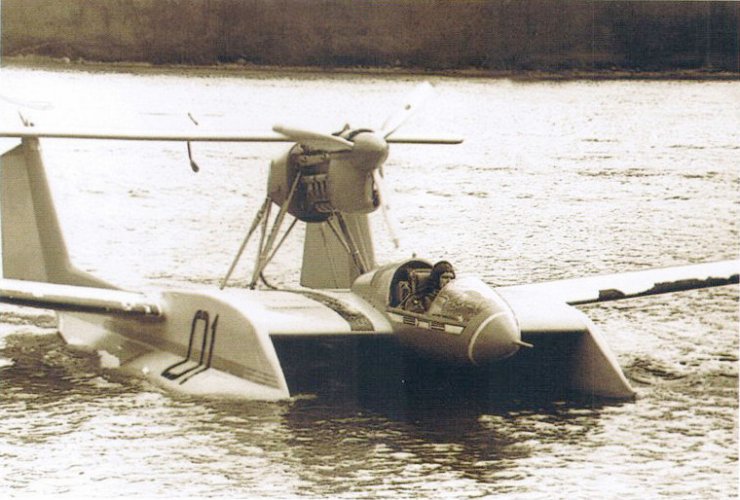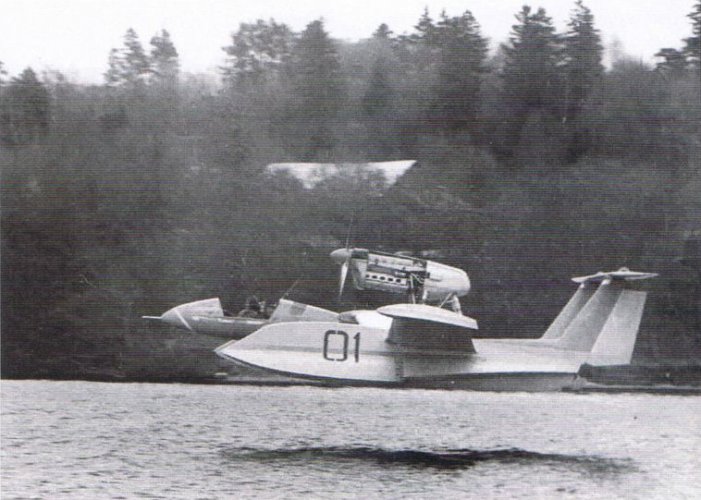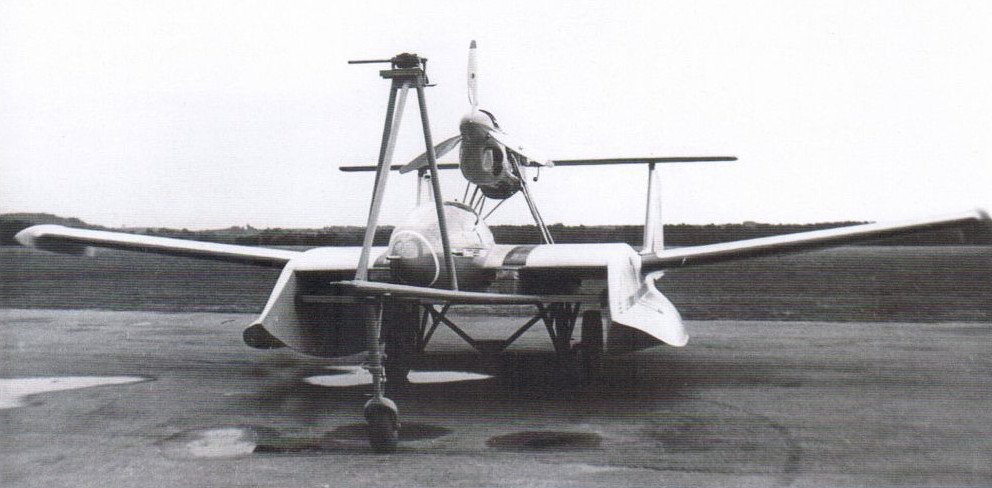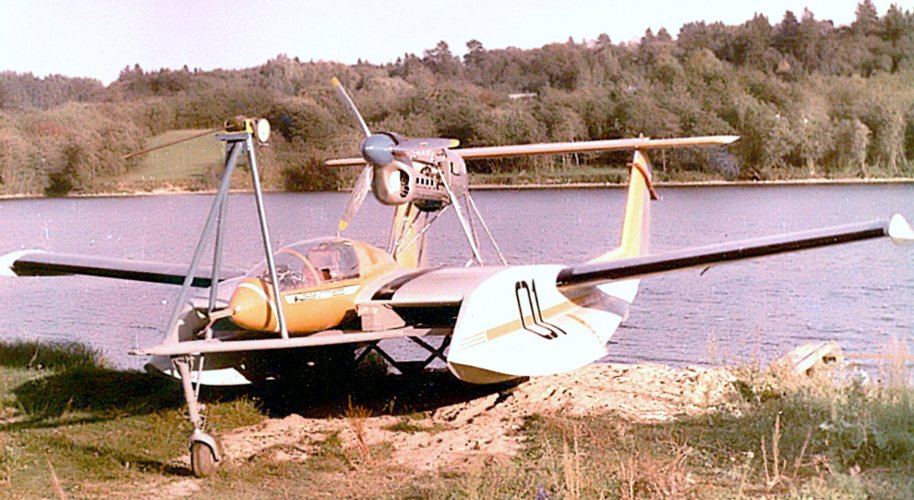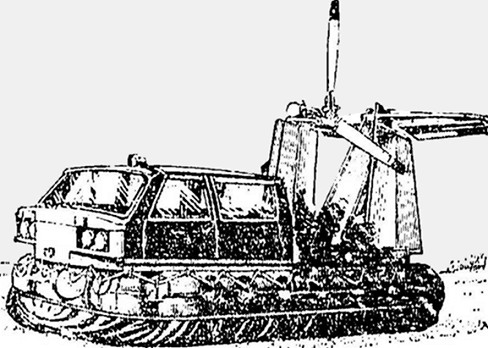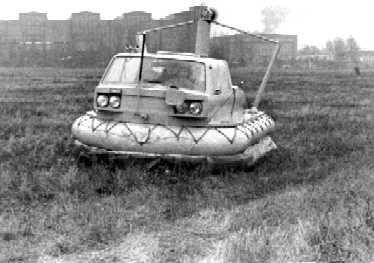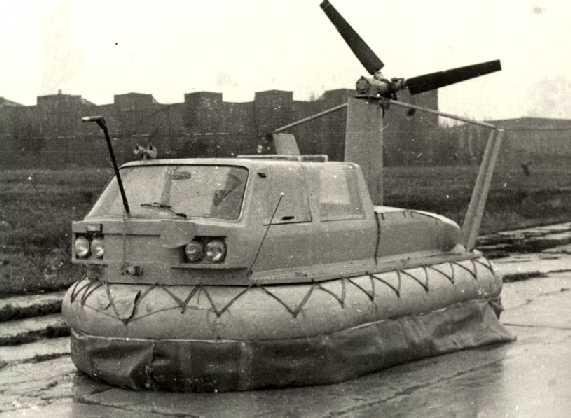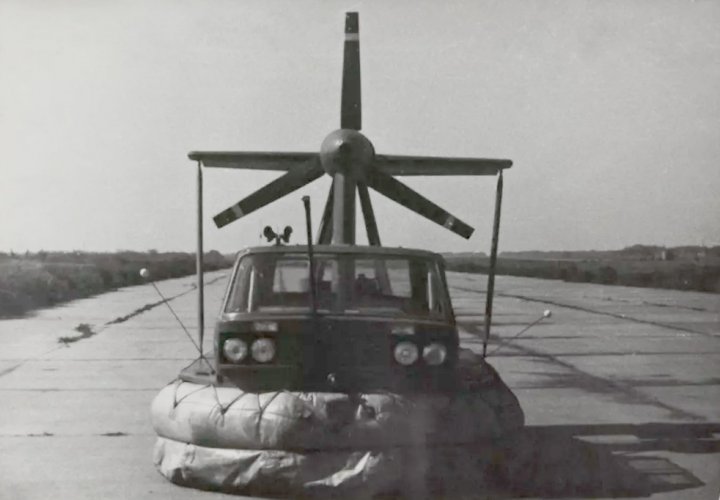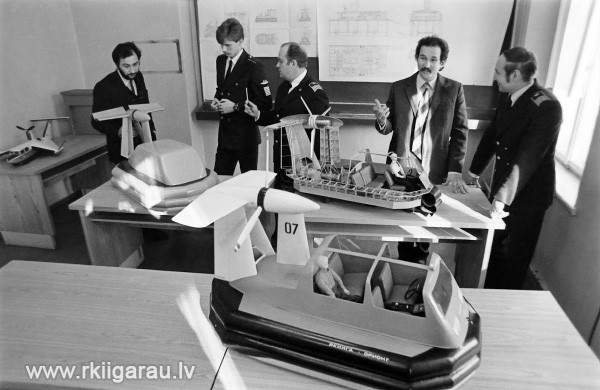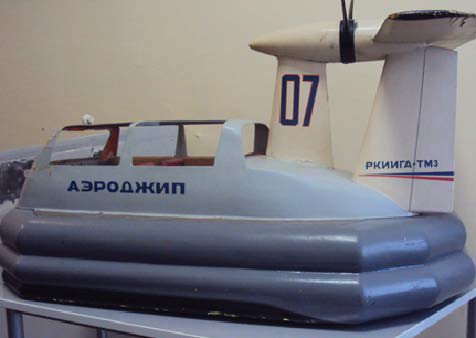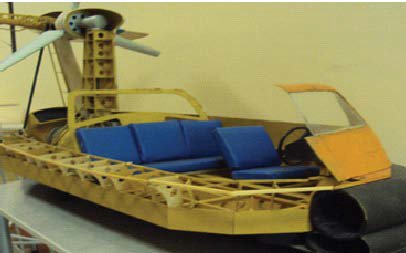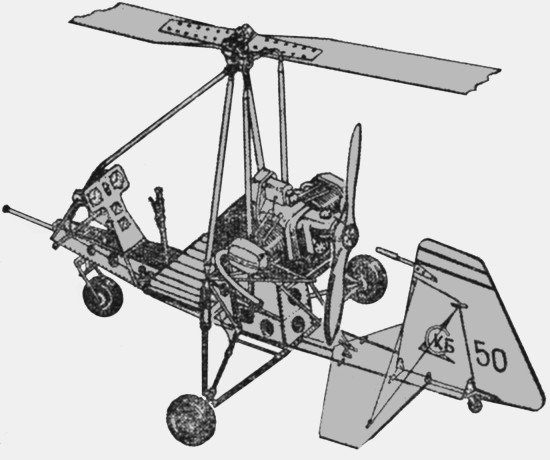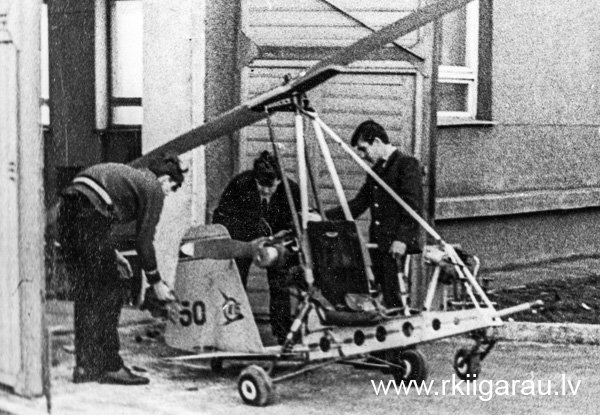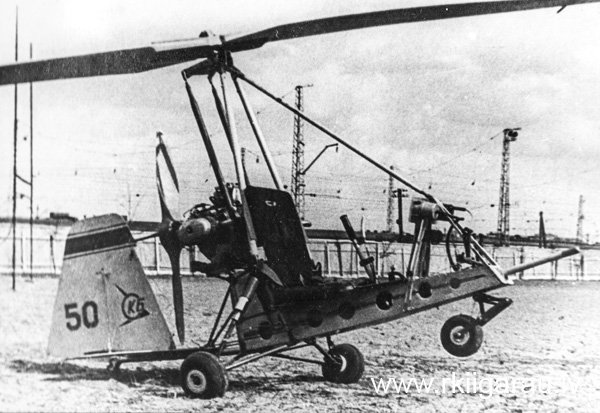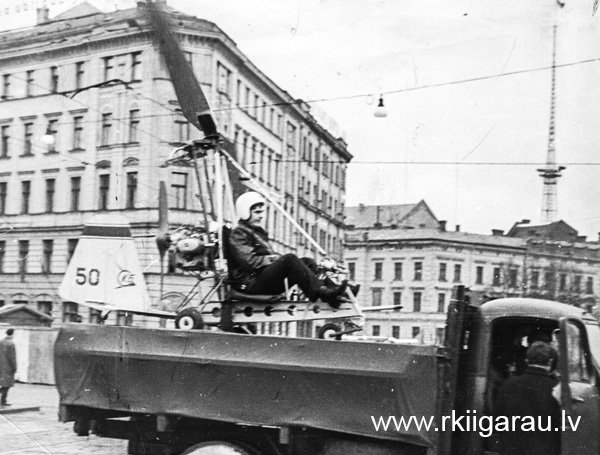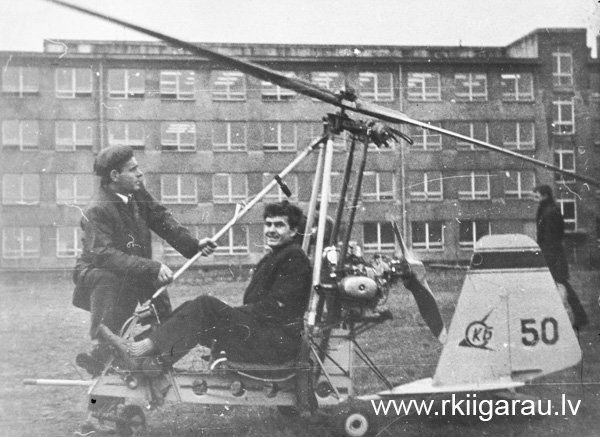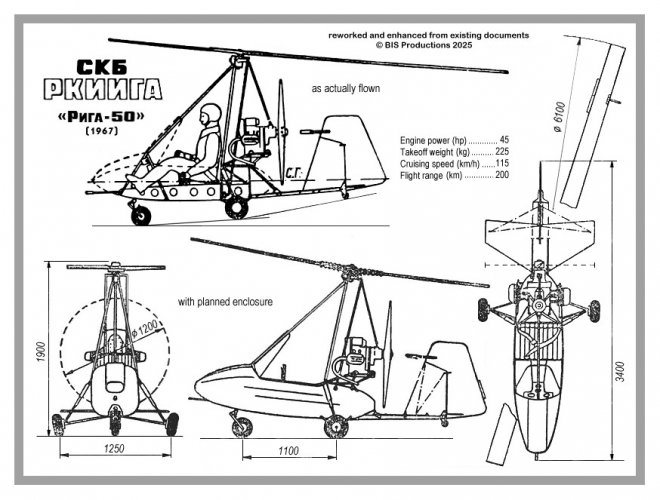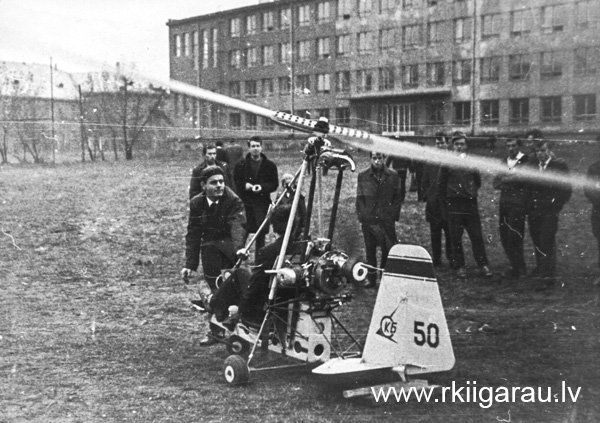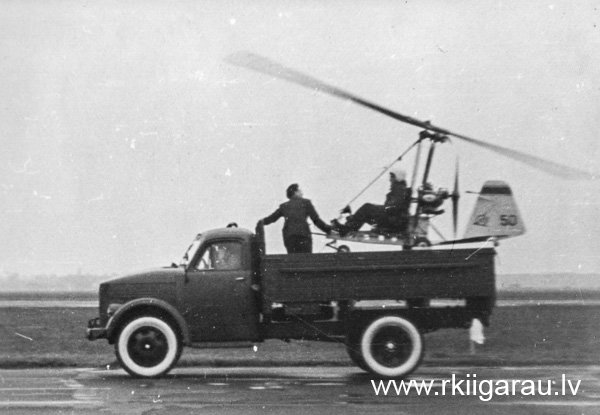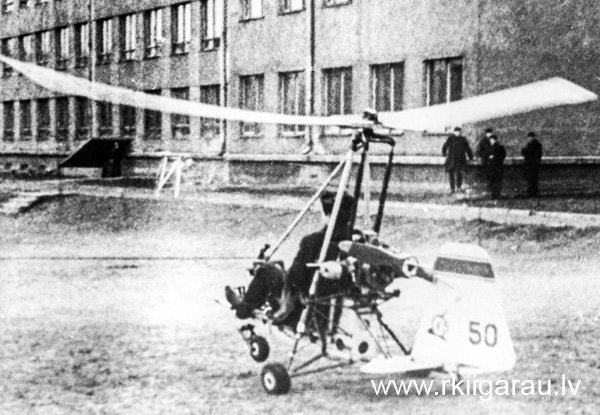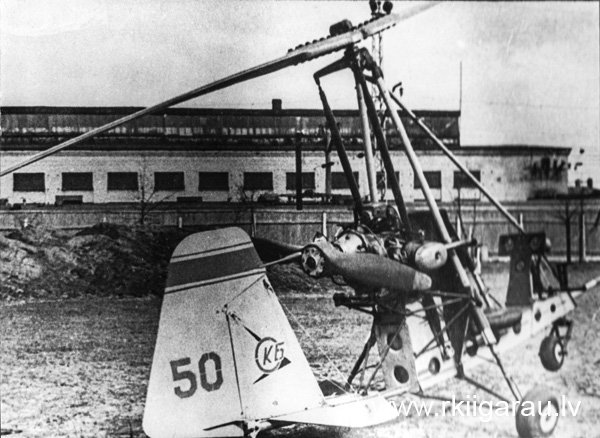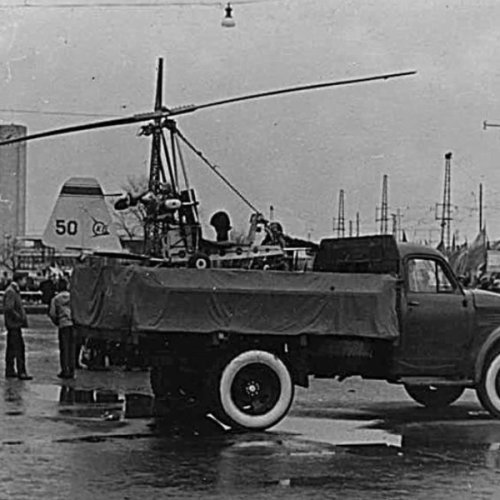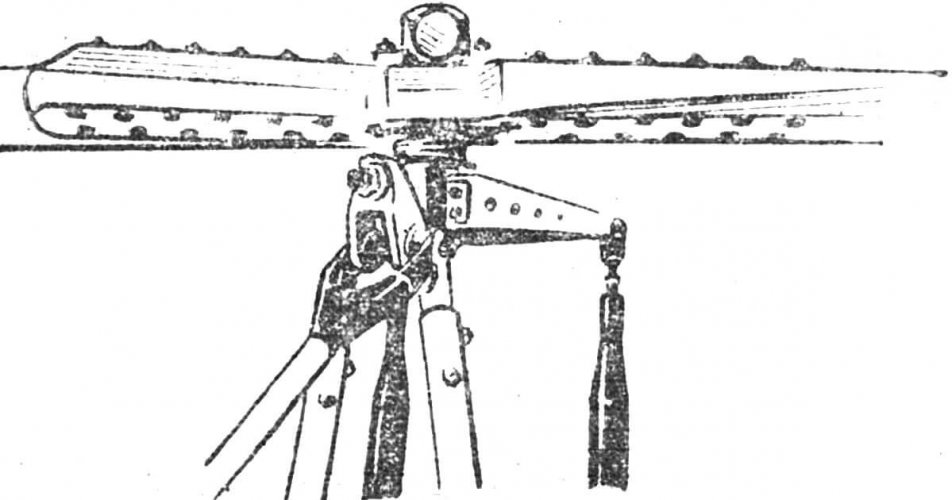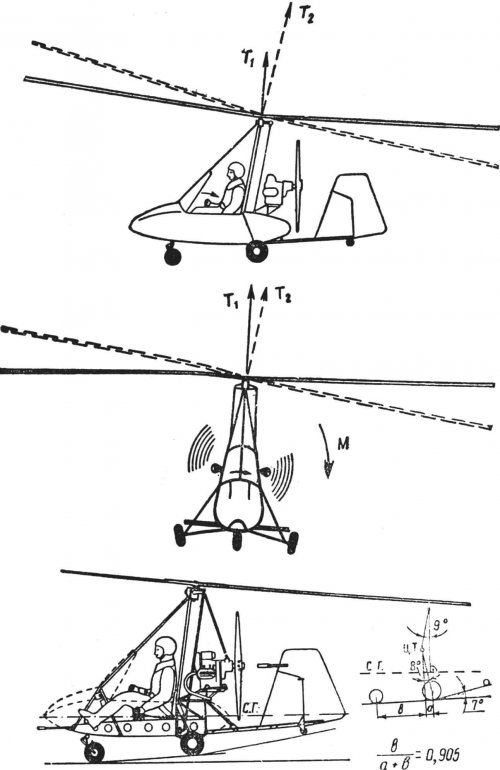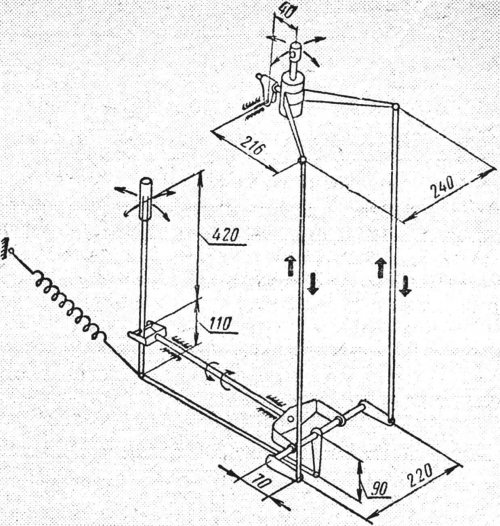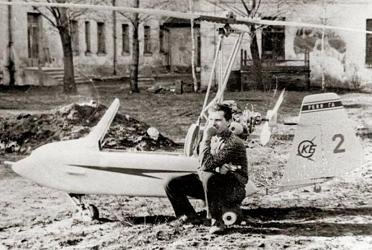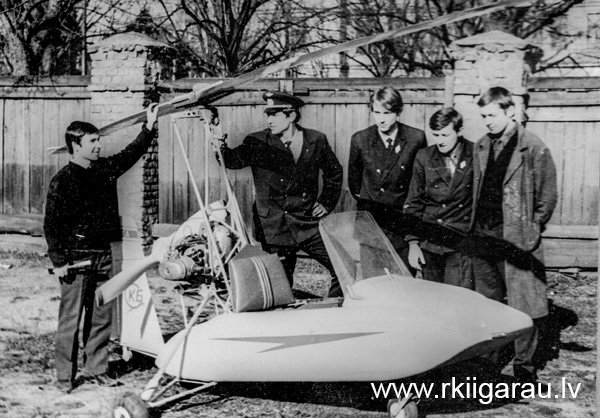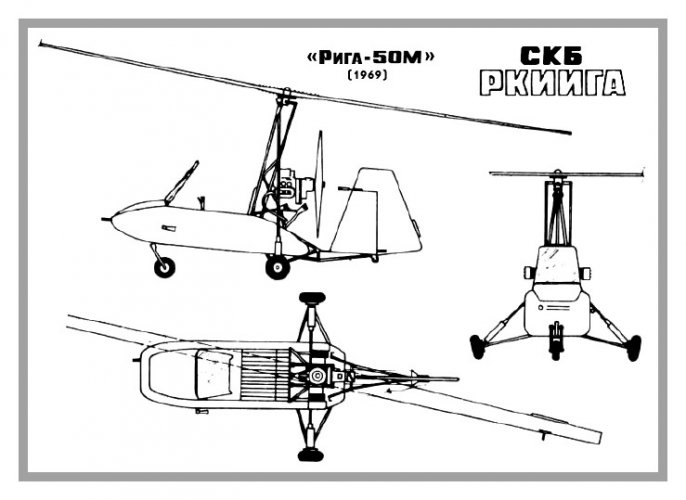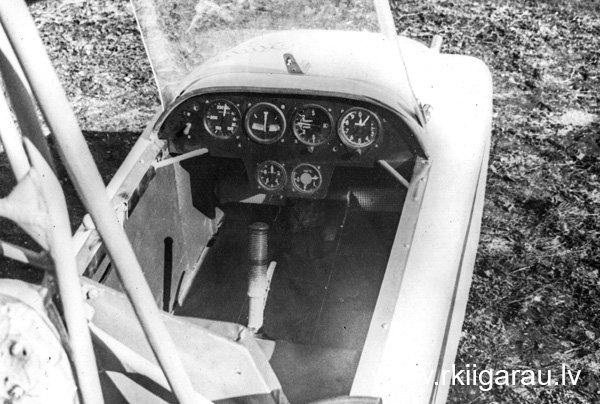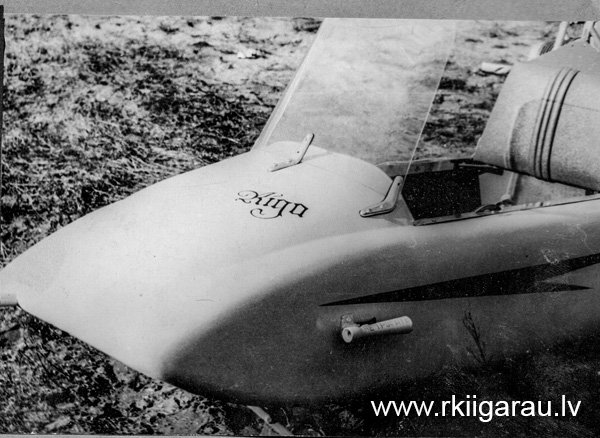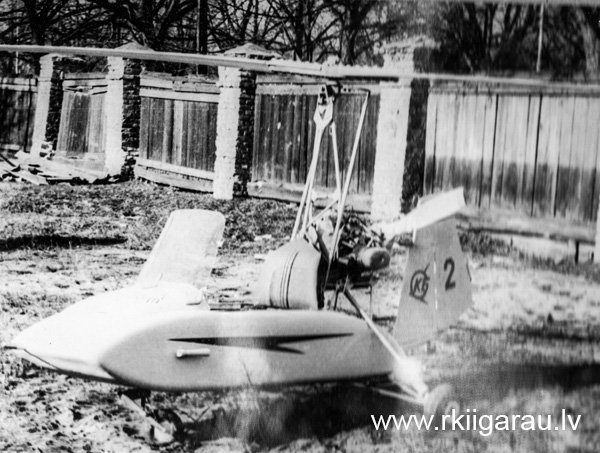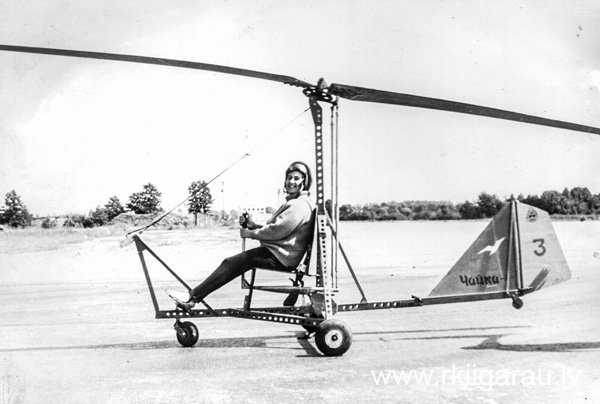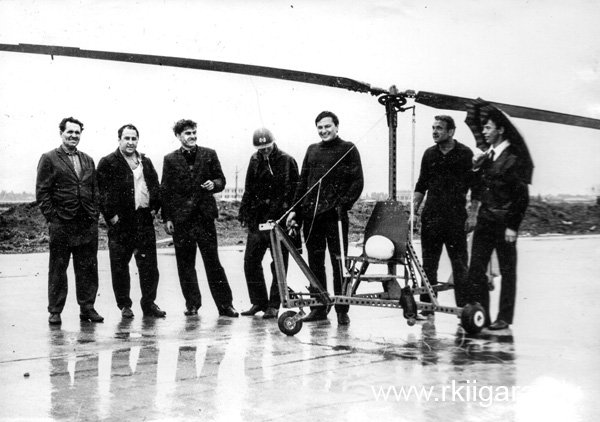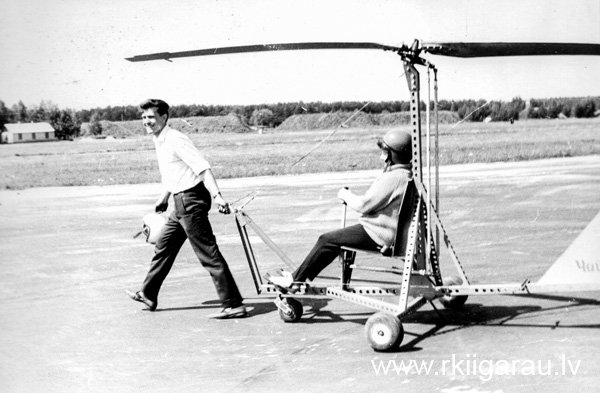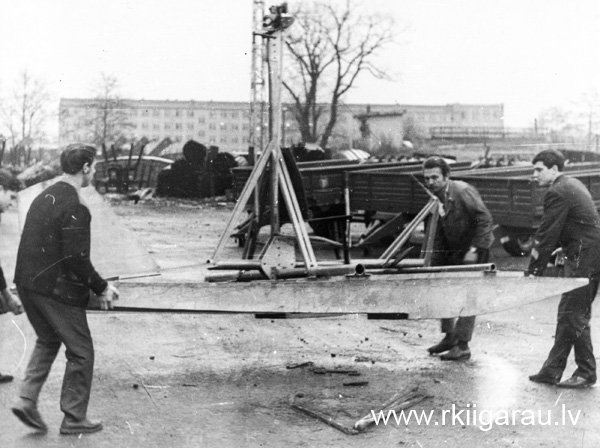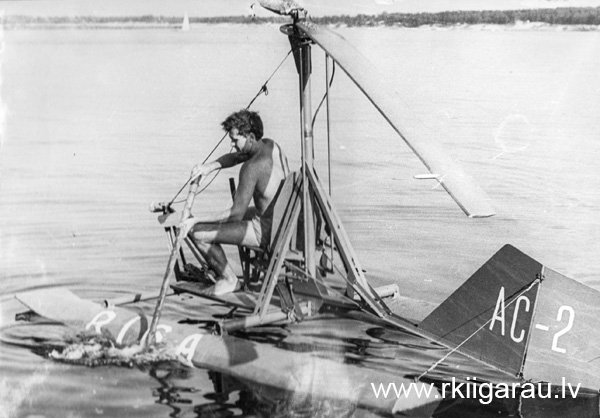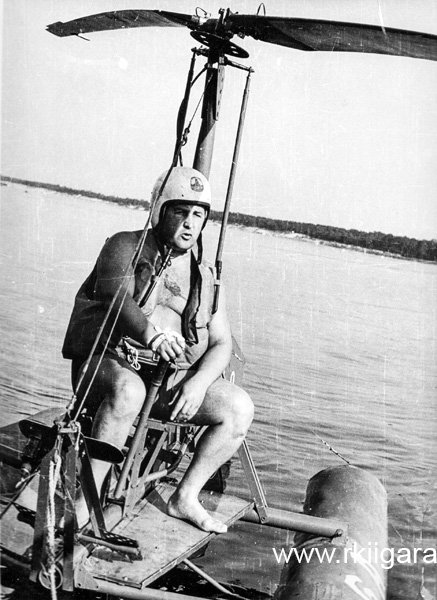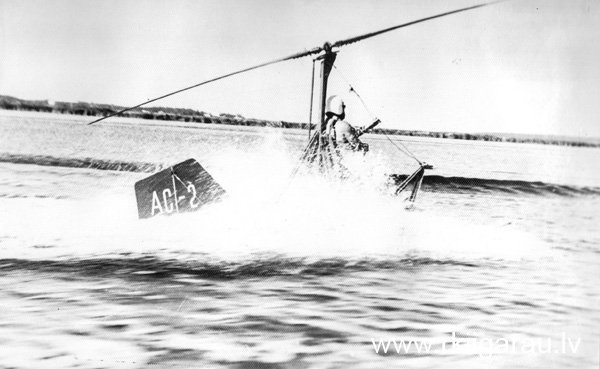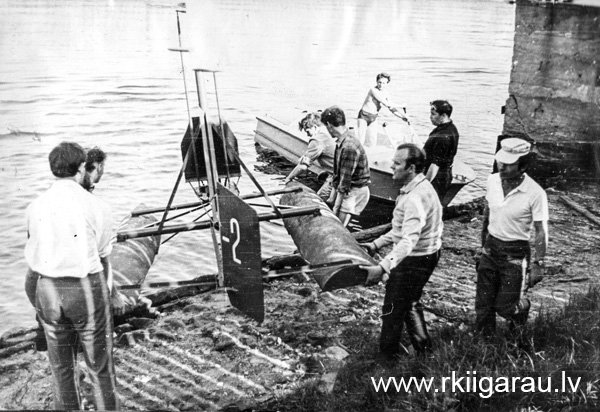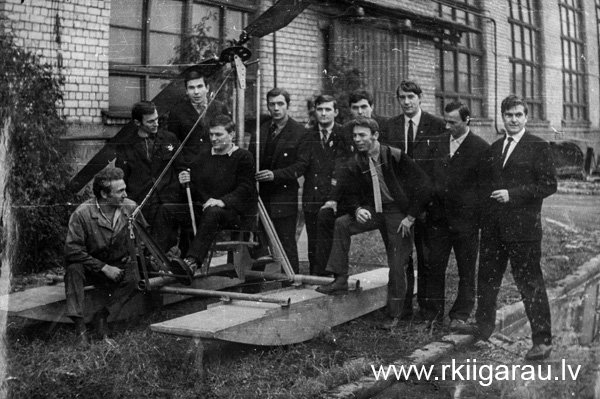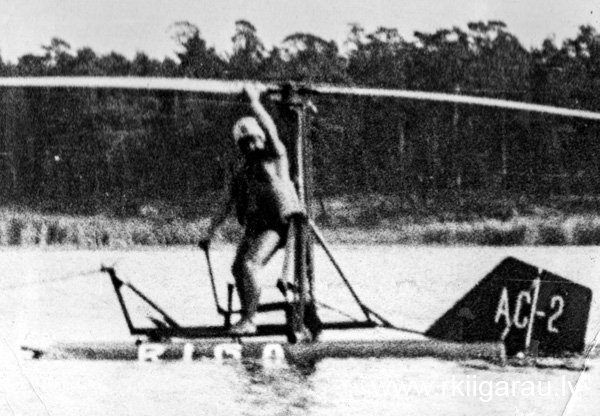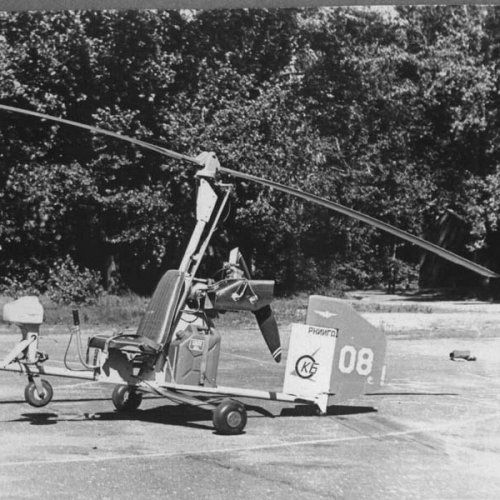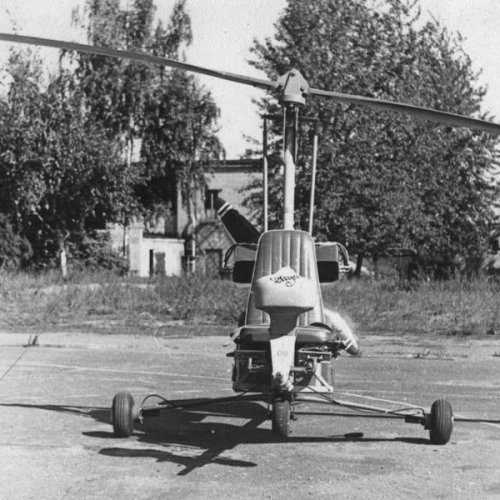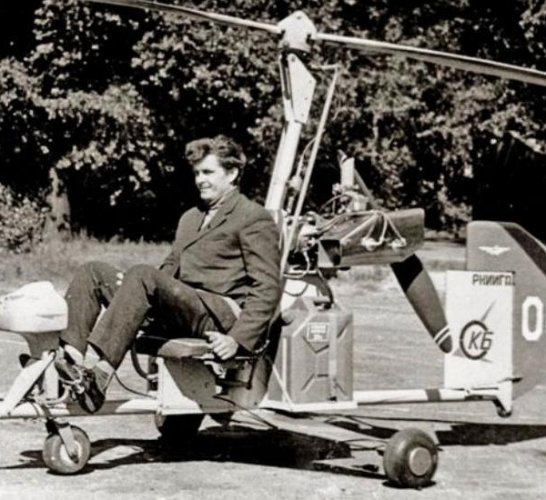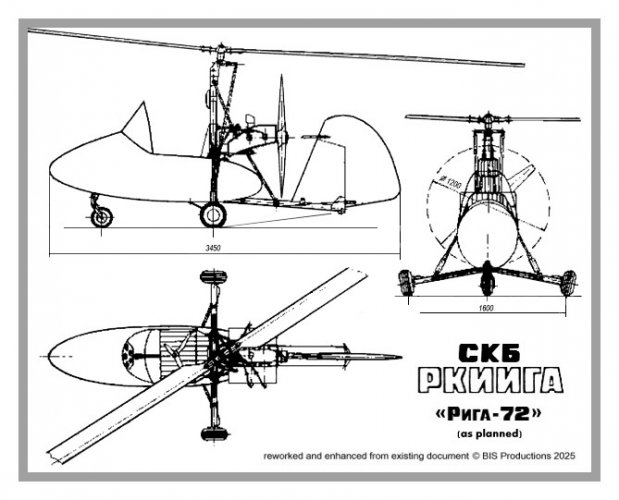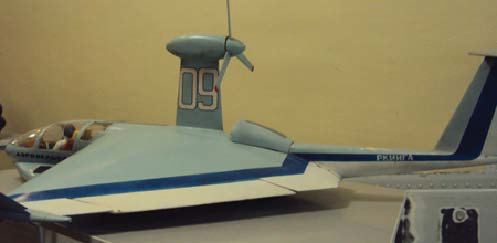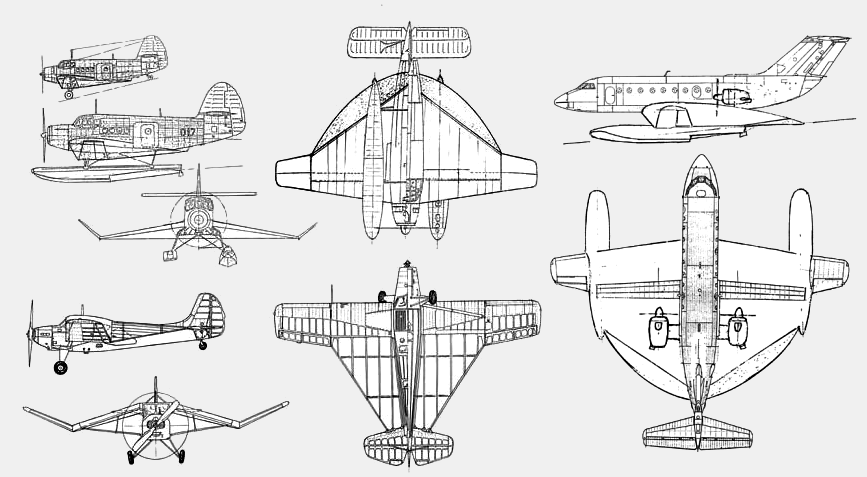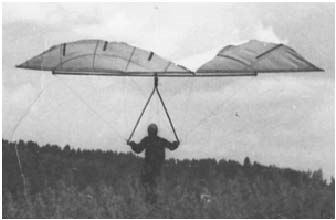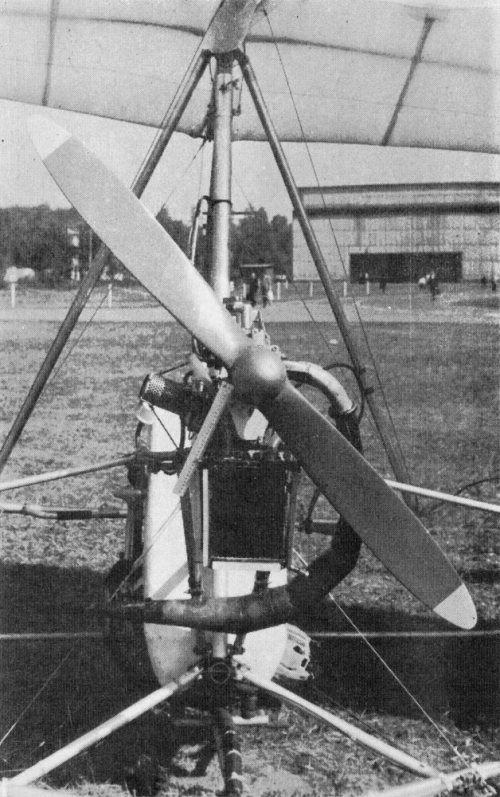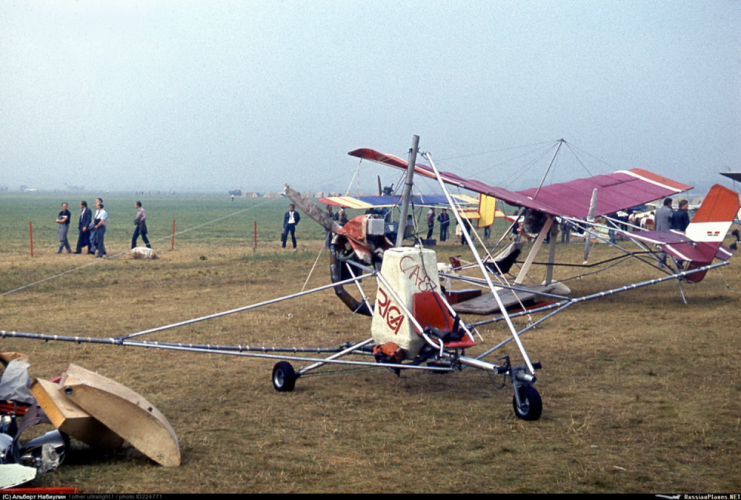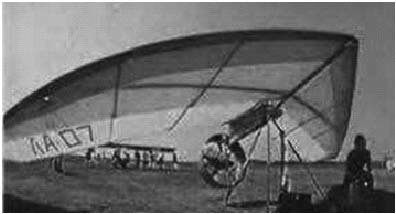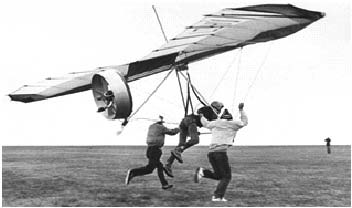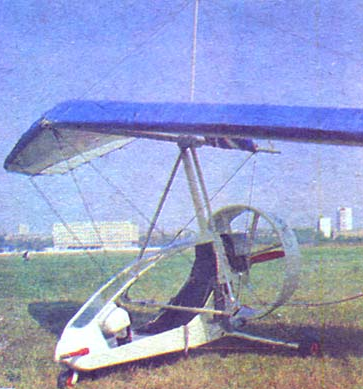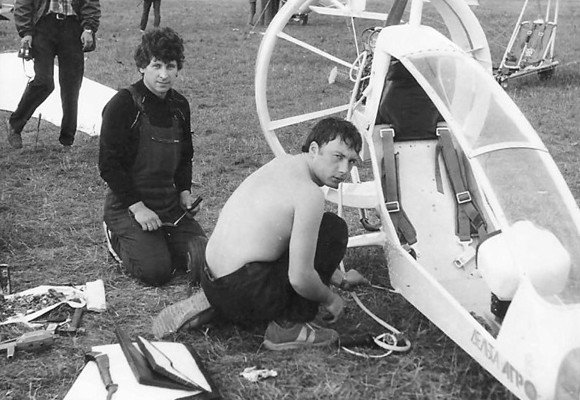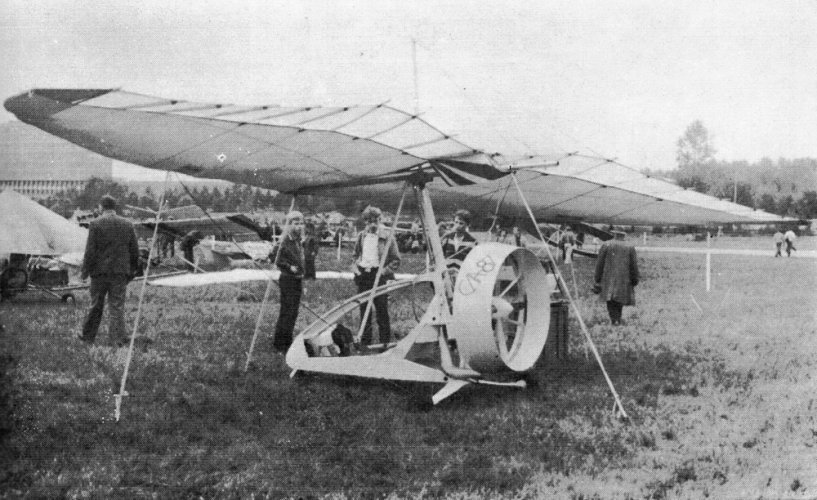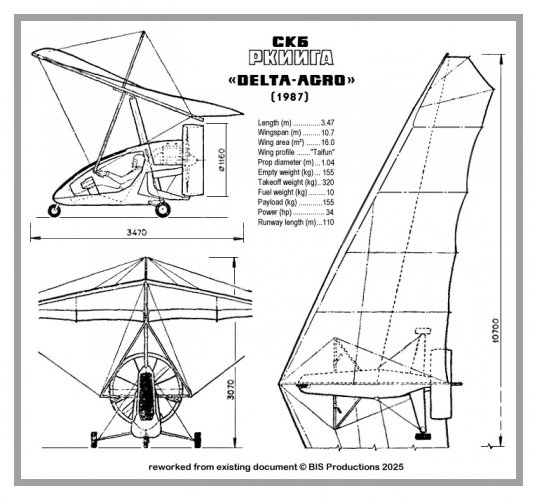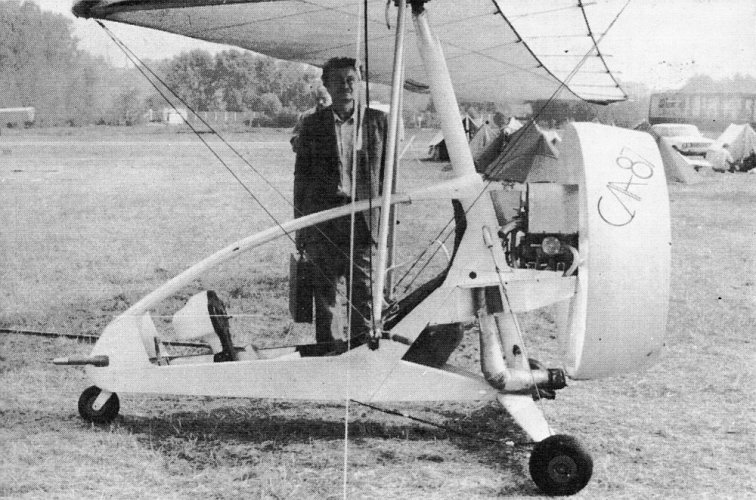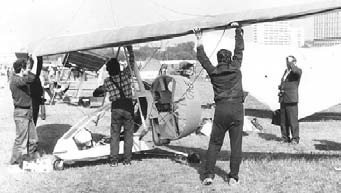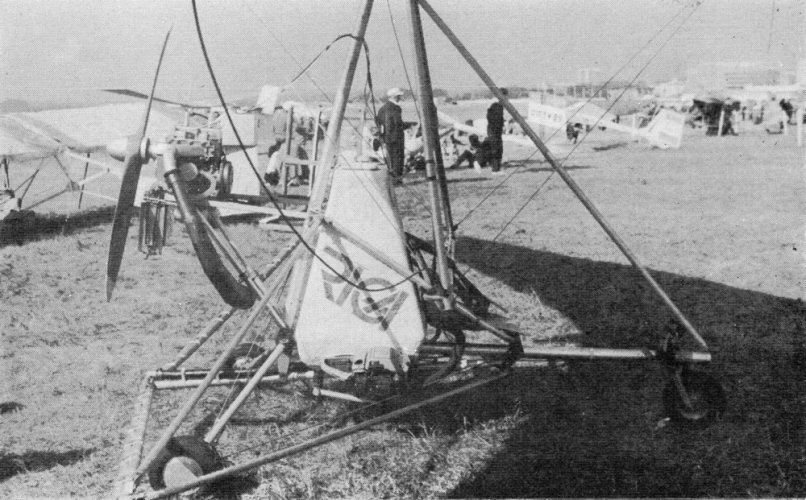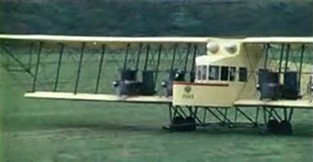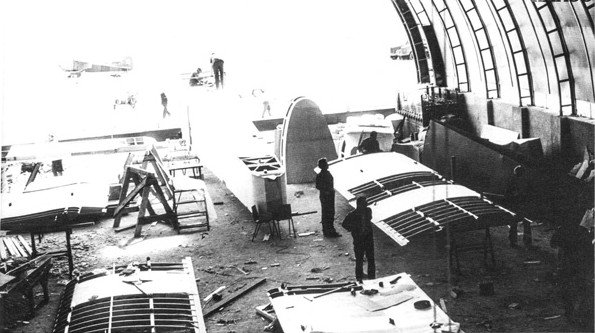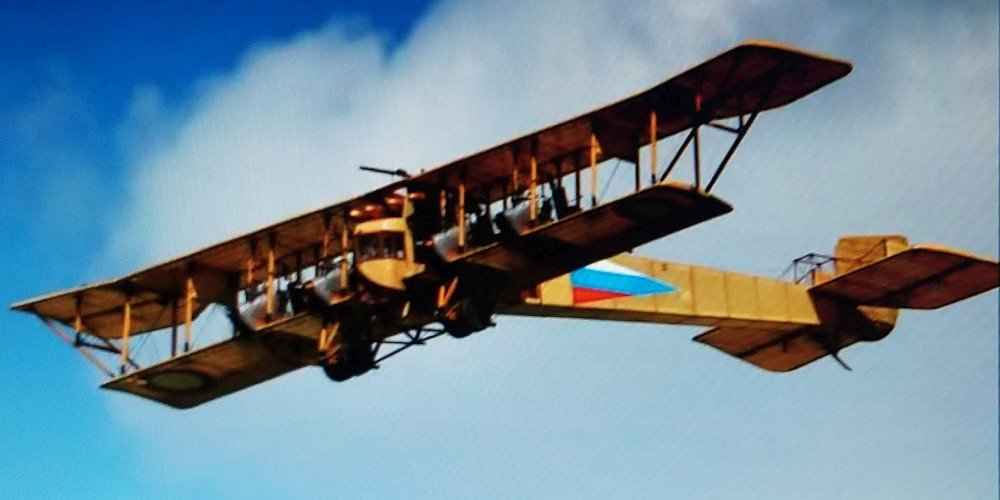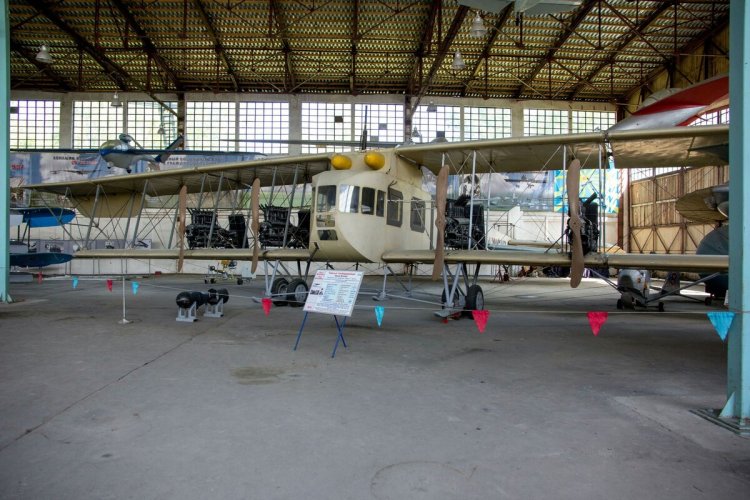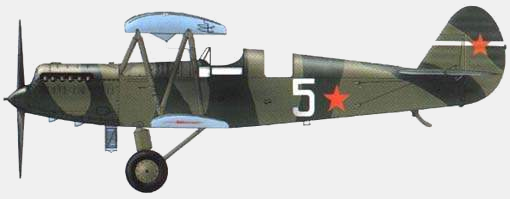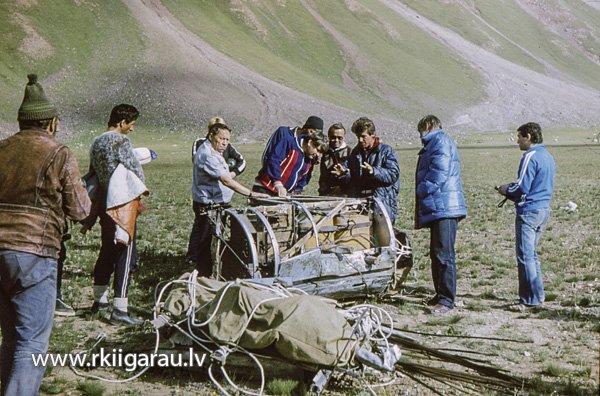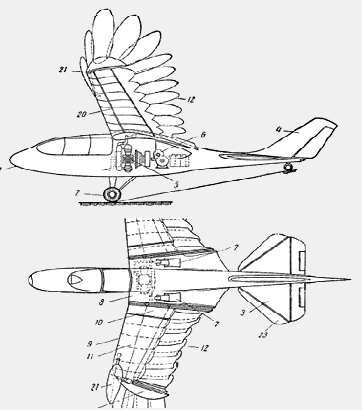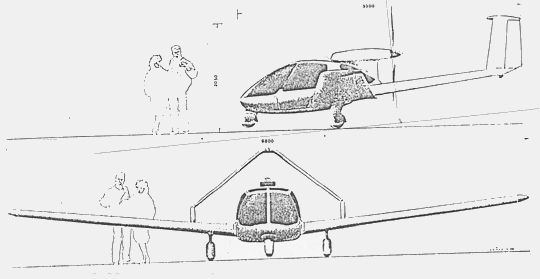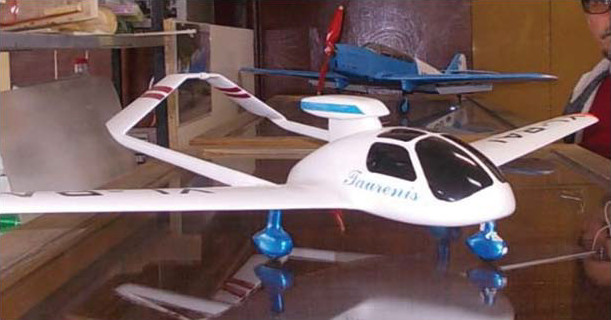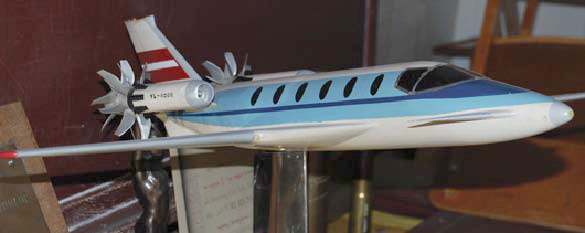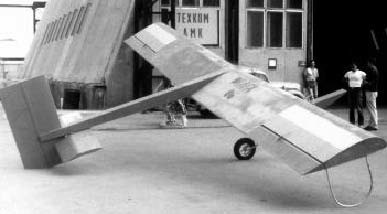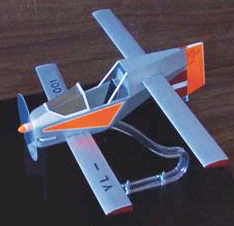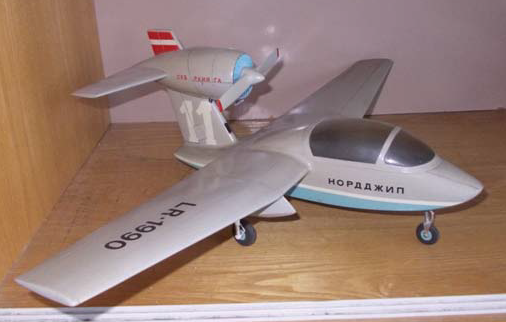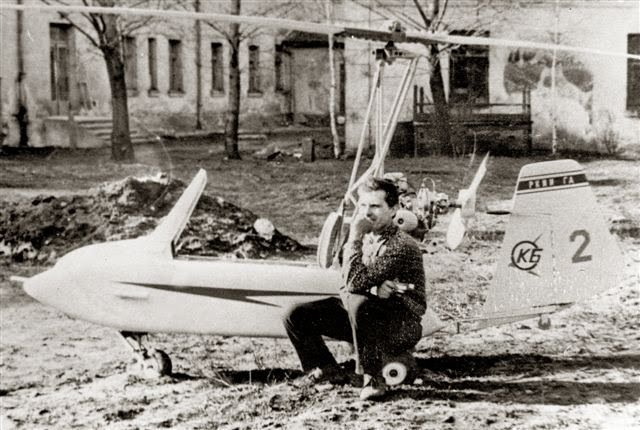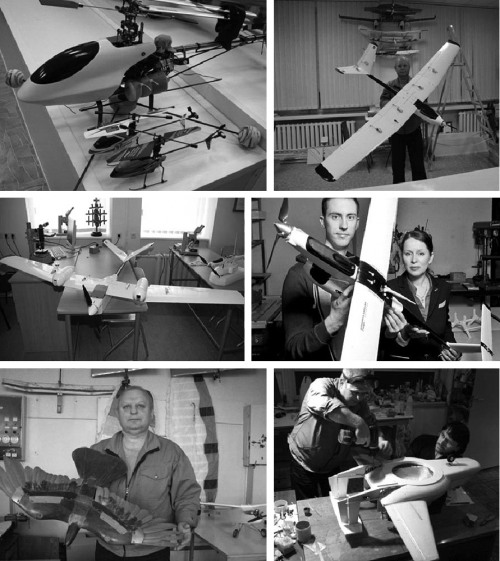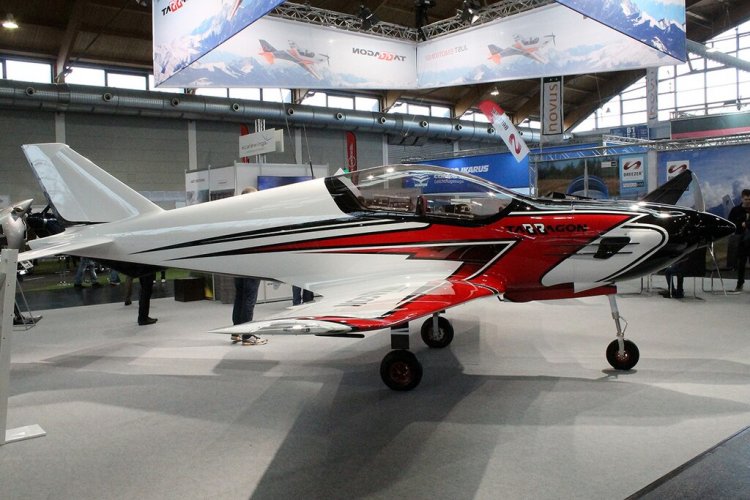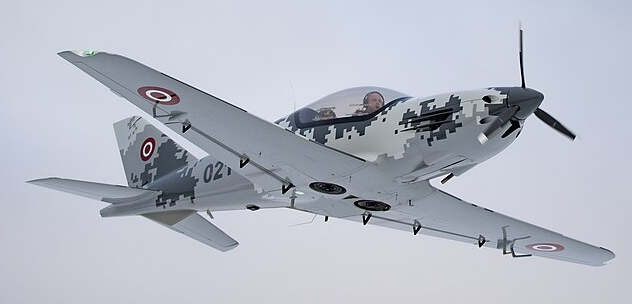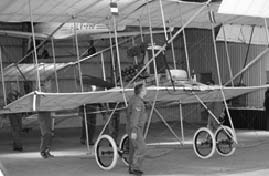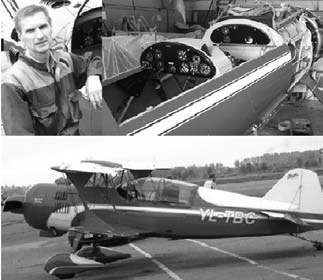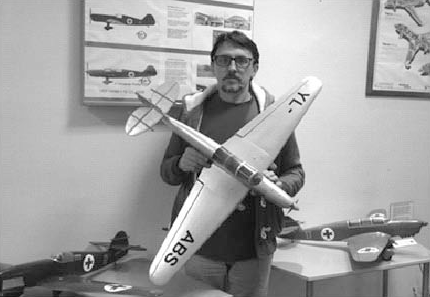- Joined
- 25 June 2009
- Messages
- 14,716
- Reaction score
- 6,019
The world-famous RKIIGA (Riga Red Banner Institute of Civil Aviation Engineers) will celebrate its 106th anniversary in May 2025. Its history started in 1919 when the School of Aviation Mechanics was opened in Kyiv, which later continued its work in Riga. The institute changed names several times along the way, being known as the RKVIAVU from 1947 to 1960, then as RKIIGA (1960-1992), as RAU (1992-1999), though the name RKIIGA has stuck.
SKB RKIIGA (1964-1991) was a the student design bureau of the institute, and one of the first in the Soviet Union. Created at the initiative of students F. Mukhamedov, G. Ivanov, S. Ivanov, A. Lesikov and V. Prishlyuk, its experience became the basis for the decision of the Ministry of Higher and Secondary Specialized Education of the USSR, which in 1968 approved the "Model Regulation on Student Design, Research, Project, Technological and Economic Bureaus of Higher Education Institutions" (SKB), designed to develop research and design work of students. This document not only defined the structure of the SKB, but also the remuneration of students in such design bureaus, serving as a model for the formation of similar SKBs throughout the country from 1968 onwards.
In 1972, the SKB became an independent structural division, which included mechanics departments, a radio department, and an aircraft section. It was headed by V. Blokhin, a teacher at the institute. After graduating from the institute in 1978, the SKB was headed by one of its most active employees, V. Yagnyuk, who led the bureau without interruption until his untimely death in 1990. At the general meeting of the SKB, it was decided to name it after V. Yagnyuk, but the decision was never implemented due to the political changes that befell the RKIIGA.
From 1961 to 1988 students of the institute designed and built airplanes, helicopters, autogyros, hovercraft, and gliders. "We came to the institute, by and large, for design. Our SKB was brewing up absolutely fantastic projects, and everyone was possessed by a simple idea - to do something brilliant, for which the whole world would fall," said Andrey Sipkevich, an RKIIGA graduate with a PhD in engineering. That being said, compared to the design bureaus of other former Soviet Union institutes such as KAI (Kazan), KhAI (Kharkiv) or MAI (Moscow), RKIIGA's contribution was overall modest: a few autogyro prototypes (Riga-50/-50M, Riga-AS-2, Chaika-1/-2, Riga-72), a couple of motor hang gliders (Erglis, Delta-Agro), and a series of prototypes designed under the supervision of Tajik designer Fatidin R. Mukhamedov (who would later became head of MiG's Dushanbe office in Tajikistan). Under his supervision, RKIIGA developed the RIIGA-1 light plane, the RIIGA-2 motorglider, the RIIGA-3 Turist light plane, the elegant Entuziast sports plane and the RKIIGA-74 Experiment, also known as the "Lodka-Samolyeta" (Boat-Airplane). Mukhamedov's team also collaborated with Moscow's MAI on the experimental ELA-01 ekranoplane.
RKIIGA also built in 1978 a full-scale replica of the Sikorsky S-22 Ilya Muromets for the Mosfilm movie Поэма о крыльях (Poema o krilyakh, or "Poem of Wings"), and in 1983, started work on a full-size replica of the Polikarpov R-5 for the Main Museum of the USSR Civil Aviation in Ulyanovsk, which was never completed because of the collapse of the country (I'm attaching a few other RKIIGA projects, one of which, based on the Antonov An-2, was eventually built).
A water-motor section also operated at the SKB, manufacturing racing boats. Their design was carried out by a student and then a teacher at the RKIIGA, Yuri Pribylsky. Finally, the RKIIGA did some work on air cushion vehicles (ACV) and dynamic support vehicles (DSV), producing the Aerojeep, a light multipurpose hovercraft (AVP) capable of moving over land and over water and designed for year-round transportation of passengers, mail and small cargo along numerous rivers and lakes, along the tundra and in the steppe regions. Built in the early 1990s, the prototype fully passed sea trials and could have gone into serial production. All materials for it were transferred to the customer, which was the Taganrog Aviation Scientific and Production Association.
In this topic, I will deal with all those projects and prototypes in separate posts, starting with the conventional aircraft, followed by the ground effect/ekranoplane/ACV types, then the autogyros, and motorized hang gliders, the replicas, and a few other projects.
NOTE: Information in this topic was adapted mostly from:
SKB RKIIGA (1964-1991) was a the student design bureau of the institute, and one of the first in the Soviet Union. Created at the initiative of students F. Mukhamedov, G. Ivanov, S. Ivanov, A. Lesikov and V. Prishlyuk, its experience became the basis for the decision of the Ministry of Higher and Secondary Specialized Education of the USSR, which in 1968 approved the "Model Regulation on Student Design, Research, Project, Technological and Economic Bureaus of Higher Education Institutions" (SKB), designed to develop research and design work of students. This document not only defined the structure of the SKB, but also the remuneration of students in such design bureaus, serving as a model for the formation of similar SKBs throughout the country from 1968 onwards.
In 1972, the SKB became an independent structural division, which included mechanics departments, a radio department, and an aircraft section. It was headed by V. Blokhin, a teacher at the institute. After graduating from the institute in 1978, the SKB was headed by one of its most active employees, V. Yagnyuk, who led the bureau without interruption until his untimely death in 1990. At the general meeting of the SKB, it was decided to name it after V. Yagnyuk, but the decision was never implemented due to the political changes that befell the RKIIGA.
From 1961 to 1988 students of the institute designed and built airplanes, helicopters, autogyros, hovercraft, and gliders. "We came to the institute, by and large, for design. Our SKB was brewing up absolutely fantastic projects, and everyone was possessed by a simple idea - to do something brilliant, for which the whole world would fall," said Andrey Sipkevich, an RKIIGA graduate with a PhD in engineering. That being said, compared to the design bureaus of other former Soviet Union institutes such as KAI (Kazan), KhAI (Kharkiv) or MAI (Moscow), RKIIGA's contribution was overall modest: a few autogyro prototypes (Riga-50/-50M, Riga-AS-2, Chaika-1/-2, Riga-72), a couple of motor hang gliders (Erglis, Delta-Agro), and a series of prototypes designed under the supervision of Tajik designer Fatidin R. Mukhamedov (who would later became head of MiG's Dushanbe office in Tajikistan). Under his supervision, RKIIGA developed the RIIGA-1 light plane, the RIIGA-2 motorglider, the RIIGA-3 Turist light plane, the elegant Entuziast sports plane and the RKIIGA-74 Experiment, also known as the "Lodka-Samolyeta" (Boat-Airplane). Mukhamedov's team also collaborated with Moscow's MAI on the experimental ELA-01 ekranoplane.
RKIIGA also built in 1978 a full-scale replica of the Sikorsky S-22 Ilya Muromets for the Mosfilm movie Поэма о крыльях (Poema o krilyakh, or "Poem of Wings"), and in 1983, started work on a full-size replica of the Polikarpov R-5 for the Main Museum of the USSR Civil Aviation in Ulyanovsk, which was never completed because of the collapse of the country (I'm attaching a few other RKIIGA projects, one of which, based on the Antonov An-2, was eventually built).
A water-motor section also operated at the SKB, manufacturing racing boats. Their design was carried out by a student and then a teacher at the RKIIGA, Yuri Pribylsky. Finally, the RKIIGA did some work on air cushion vehicles (ACV) and dynamic support vehicles (DSV), producing the Aerojeep, a light multipurpose hovercraft (AVP) capable of moving over land and over water and designed for year-round transportation of passengers, mail and small cargo along numerous rivers and lakes, along the tundra and in the steppe regions. Built in the early 1990s, the prototype fully passed sea trials and could have gone into serial production. All materials for it were transferred to the customer, which was the Taganrog Aviation Scientific and Production Association.
In this topic, I will deal with all those projects and prototypes in separate posts, starting with the conventional aircraft, followed by the ground effect/ekranoplane/ACV types, then the autogyros, and motorized hang gliders, the replicas, and a few other projects.
NOTE: Information in this topic was adapted mostly from:
- the Russian Wikipedia page on RKIIGA
- the RKIIGA-RAU Museum website
- the airwar.ru website
- Aircraft designed in Latvia in the 20th century — Aircraft museum project, by V. Shestakov & N. Kuleshov (PDF file)
Last edited:

